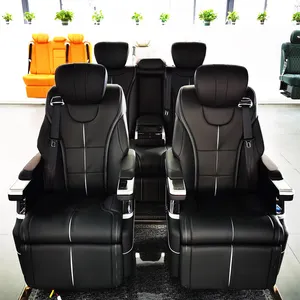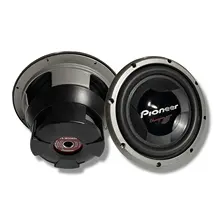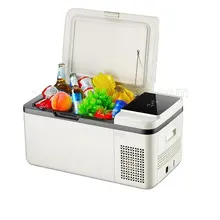Understanding European Booster Seats
European booster seats are essential safety devices designed to protect children of various ages during car travel. These seats bridge the gap between infant car seats and the standard vehicle seat belt system, ensuring that children are secured in a manner appropriate for their size and age. This introduction delves into the nuances of booster seats available within the EU market, catering to the evolving needs of growing children.
Types of Booster Seats
There are primarily two types of European booster seats: highback booster seats and backless booster seats. Highback versions provide additional support and often include side-impact protection, which is crucial for younger children who have outgrown their forward-facing seats. The backless variants are more portable and suitable for older children who need a lift to ensure the seatbelt fits properly. Both types are designed to be used until children are tall enough to use the standard seatbelt without assistance.
Features and Materials
The materials used in European booster seats are selected for durability and safety. They often include energy-absorbing foam, sturdy plastic, and breathable fabrics for comfort during long journeys. Features may include adjustable armrests, cup holders, and removable pads for easy cleaning. It's important to note that while features can enhance convenience, the primary focus is always on the safety and ergonomics of the child.
Advantages of EU Approved Booster Seats
EU approved booster seats must meet stringent safety standards, providing peace of mind for caregivers. These seats are tested for side-impact protection, belt routing, and structural integrity. The advantage of choosing an EU-approved seat is the assurance that it has undergone rigorous testing to protect children in the event of a collision.
European Booster Seat Laws
Compliance with European booster seat laws is not only a legal requirement but also a critical aspect of child safety in vehicles. These laws specify the minimum requirements for a child's height and weight before transitioning to a booster seat, and subsequently to a vehicle's seat belt alone. Adhering to these regulations ensures that the booster seat provides the intended level of protection.
Selection Criteria for Booster Seats
When selecting a booster seat, it is important to consider the child's height, weight, and age. The seat should fit the child snugly, with the seat belt crossing the shoulder and chest, not the neck or face. A proper fit is more crucial than aesthetic features or accessories. For those seeking additional safety features, options such as harnesses for booster seats are available, enhancing the security of the child without the need for a full car seat.





































 浙公网安备 33010002000092号
浙公网安备 33010002000092号 浙B2-20120091-4
浙B2-20120091-4